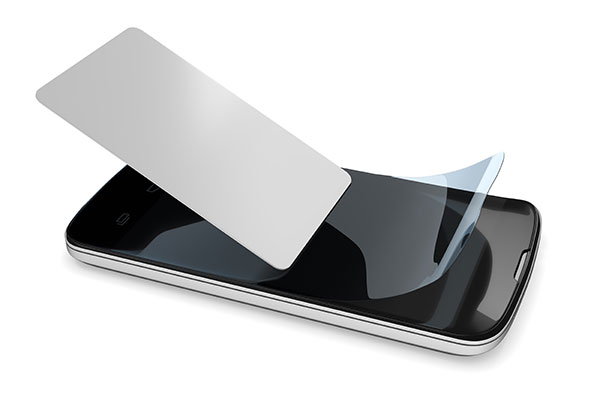Devices have become an essential part of modern life; we use them for work, entertainment and communication. Unfortunately, though, devices also serve as breeding grounds for bacteria and other microorganisms that cause health risks; that’s where antimicrobial screen protectors come into play.
What is an antimicrobial screen protector?
An antimicrobial screen protector is a thin film applied directly onto the device screen in order to safeguard it against scratches and damage while simultaneously acting as an agent to inhibit bacteria, fungus, and other microorganism growth.
What can an antimicrobial screen protector do for me?
An antimicrobial screen protector’s main purpose is to safeguard your device from scratches and damage while also keeping it free from harmful microorganisms that could otherwise cause infections or diseases. An antimicrobial agent contained within these protectors works by disrupting cell walls of bacteria and fungi thereby stopping their proliferation; in turn lowering risks associated with infections or diseases caused by microorganisms.
How can antimicrobial agent be applied to screen protector?
There are various ways of adding an antimicrobial agent to a screen protector. One method involves infusing it in the manufacturing process while another method applies an additional coating of it after production has completed.
Are antimicrobial screen protectors safe?
Antimicrobial screen protectors are generally safe for use. Their antimicrobial agents are designed to be non-toxic and safe for human contact, but it’s essential that users choose high-quality screen protectors from reputable manufacturers in order to guarantee its effectiveness and safety.
AntibaMax antimicrobial agent
AntibacMax is a series of inorganic agent developed with antimicrobial technology. It offers exceptional antibacterial performance and has been scientifically proven to achieve an astonishing antibacterial rate of up to 99.9%. This means it can effectively eliminate a wide range of harmful bacteria, providing you with a clean and hygienic environment.
How can I evaluate screen protector antimicrobial properties?
There are various approaches for testing the antimicrobial effect of screen protectors. One common practice is conducting laboratory tests using standardised methods like ISO 22196 that measure reductions in bacteria on its surface over a set timeframe.
Common Antimicrobial Ingredients in Screen Protectors
Some common antimicrobial components found in antimicrobial screen protectors include:
Silver Ions: Silver has long been recognized for its antibacterial properties. Silver ions can disrupt bacteria metabolism, stopping their growth and reproduction. Screen protectors commonly incorporate silver nanoparticles or compounds containing them to provide continuous antibacterial action – for instance embedding silver nanoparticles directly in screen material can provide continuous antibacterial action.
Zinc Oxide: Zinc oxide is another ingredient with antimicrobial activity. It works to inhibit the growth of bacteria and fungi by interfering with their cell processes, making screen protectors with zinc oxide powder or coating an effective defence against any possible microorganisms.
Titanium Dioxide: Titanium dioxide has antibacterial effects. When exposed to light, titanium dioxide emits reactive oxygen species which attack microorganisms’ cell walls causing infection or harming cell walls that protect bacteria or viruses. Screen protectors may use photocatalytic forms of titanium dioxide for improved antimicrobial capabilities.
Copper Compounds: Copper ions have long been used as antimicrobial agents, disrupting bacteria’s enzyme systems to stop their proliferation. Copper compounds may even be added to screen protectors for additional antibacterial protection.
Quaternary Ammonium Compounds: These chemicals possess strong antibacterial and disinfectant properties. They work by disrupting bacteria’s cell membranes and forcing them to lyse, providing powerful protection for screen protectors or integrated into the material itself.
Note that the effectiveness of these ingredients varies based on factors like concentration, formulation and application method. While these ingredients can help decrease bacteria growth on screen protector surfaces, they may not completely eradicate all microorganisms.
Conclusion
Antimicrobial screen protectors are an excellent way to safeguard both your devices and health, providing physical protection while simultaneously blocking bacteria growth. When selecting an antimicrobial screen protector it’s essential that it comes from a trusted manufacturer with ample testing conducted prior to purchase to ensure it fulfills your needs.


-300x210.jpg)
